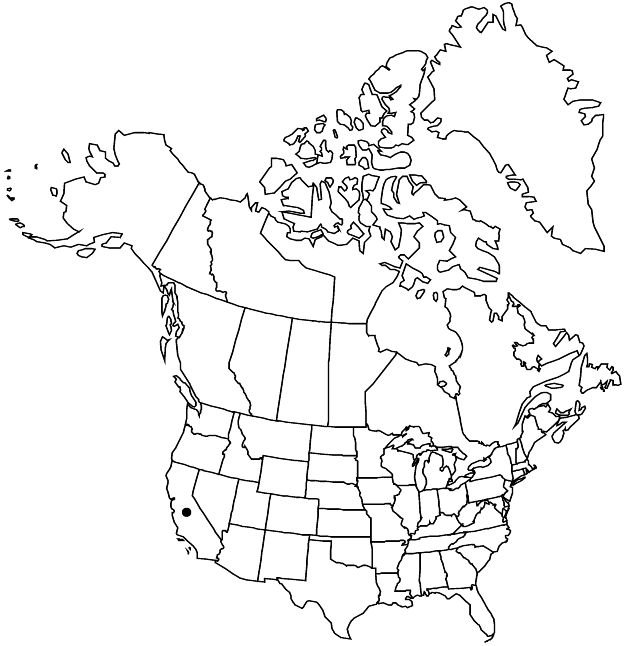Eriogonum covilleanum
Proc. Calif. Acad. Sci., ser. 4, 20: 138. 1931.
Herbs, erect, 1–4 dm, glabrous, green to reddish. Stems: aerial flowering-stems erect, 0.3–1 dm, glabrous. Leaves basal; petiole 1–4 (–5) cm, tomentose; blade suborbiculate to reniform, (0.3–) 0.5–1.5 × 0.5–1.5 (–1.8) cm, densely white-tomentose abaxially, glabrous and bright green adaxially. Inflorescences cymose, infrequently distally uniparous due to suppression of secondary branches, open, 5–35 × 5–30 cm; branches glabrous; bracts 1–2 × 0.5–1 mm. Peduncles absent. Involucres terminal at tips of slender branchlets proximally, not appressed to branches, turbinate, 2–2.5 × 1–1.5 mm, glabrous; teeth 5, erect, 0.4–0.8 mm. Flowers 2–2.5 (–3) mm; perianth pink at early anthesis, becoming white to rose or yellow, minutely puberulent; tepals monomorphic, narrowly elliptic; stamens included, 1.7–2 mm; filaments glabrous. Achenes light-brown, 3-gonous, 1.8–2 mm. 2n = 34.
Phenology: Flowering Apr–Aug.
Habitat: Shale or serpentine outcrops and slopes, chaparral communities, oak and pine woodlands
Elevation: 200-1400 m
Discussion
Eriogonum covilleanum is encountered infrequently in the Inner Coast Ranges of central and southwestern California (Fresno, Kern, Merced, Monterey, San Benito, San Luis Obispo, Santa Barbara, Santa Clara, Stanislaus, and Ventura counties). On occasion it can be locally common but is never abundant or weedy. It is often found growing with other annual wild buckwheats, and care must be taken to sort the species.
Selected References
None.
Lower Taxa
"narrowing" is not a number."dm" is not declared as a valid unit of measurement for this property.
